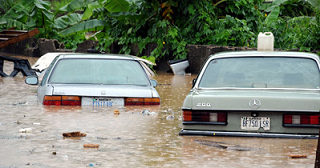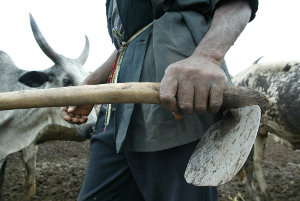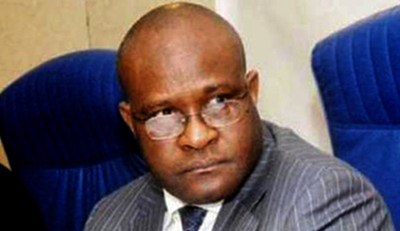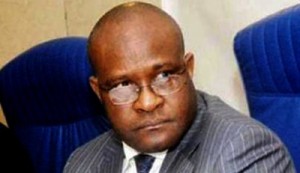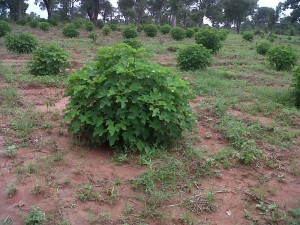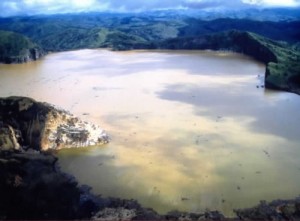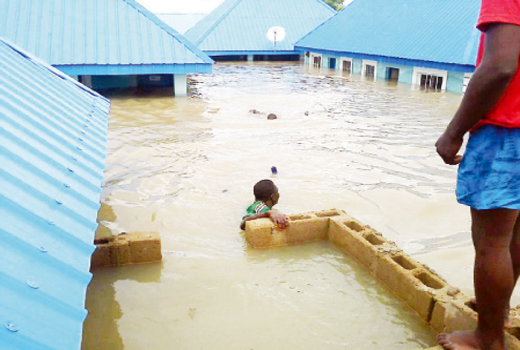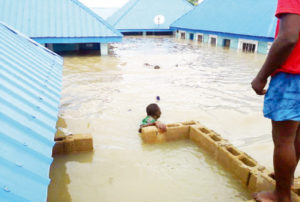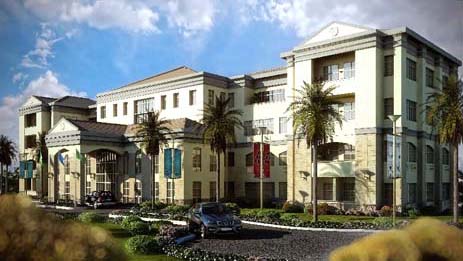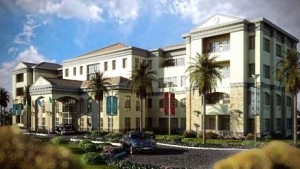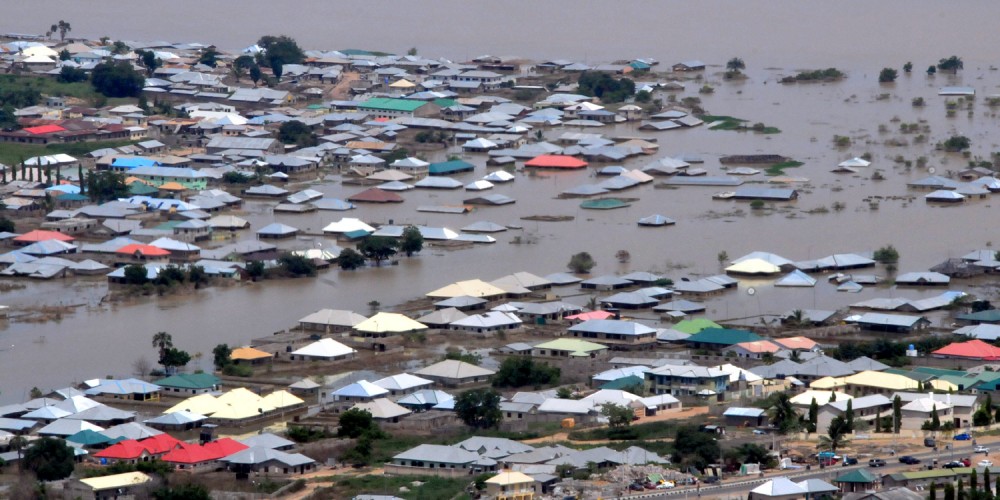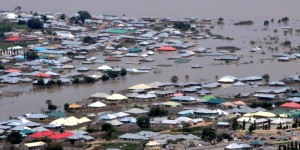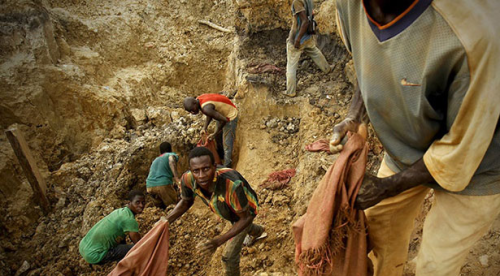The Board of the Green Climate Fund (GCF) has selected by consensus Songdo, Incheon City in the Republic of Korea as the host city of the GCF. Five other countries – Germany, Mexico, Namibia, Poland and Switzerland – also submitted bids. The Board expressed its appreciation to the six countries for submitting their offers.
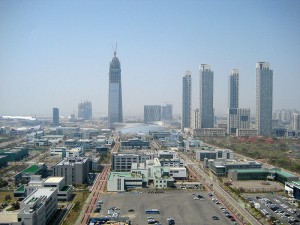
The decision of the Board was adopted at a recent Board meeting (the second) held in Songdo by consensus following a confidential ballot process. The decision is the outcome of an open and transparent process that the Board had initiated at its first meeting in Geneva, Switzerland, in August 2012. The decision will be presented for endorsement to the Conference of the Parties of the United Nations Framework Convention on Climate Change (UNFCCC) at its upcoming 18th session to take place on 26 November–7 December 2012 in Doha, Qatar.
Another important step expected is the launch of the selection process for the Executive Director of the Fund who will head the independent Secretariat that will be established in the course of 2013.
In a related development, the first meeting of the Like Minded Developing Countries (LMDCs) on climate change was hosted by China at Beijing on October 18-19, 2012. The meeting was attended by the representatives of Bolivia, China, Ecuador, Egypt, India, Malaysia, Nicaragua, Pakistan, Philippines, Saudi Arabia, Thailand and Venezuela. His Excellency Mr. Xie Zhenhua, Vice Chairman, National Development and Reform Commission of China, hosted a reception of the participating delegates on October 18, 2012.
The participants reiterated that, as developing countries experiencing many severe impacts of climate change, they share common interests and priorities. They noted the increase in extreme weather events, including heavy rainfall, extensive floods, storms and hurricanes which have adversely affected their own countries as well as others, and that these recent events underscore the need for global cooperation and action on climate change. They also emphasised that for developing countries the problem of climate change goes beyond issues of environmental sustainability as it also directly impacts on their survival and development aspirations.
The participants noted that the LMDC is a platform for like minded developing countries to exchange views and coordinate positions on the climate negotiations in the UNFCCC, with the view to contributing to achieving the combined goals of environmental sustainability, social and economic development, and equity. They stressed that this grouping is part of and is anchored firmly in the G77 & China (the group of 133 developing countries). They agreed to continue to work together to strengthen the unity of G77 & China and play a constructive and meaningful role in the negotiations.
The participants had a candid and useful exchange of views on the ongoing negotiations under the UNFCCC. They reaffirmed their resolve to cooperate to fight the global problem of climate change in accordance with the principles and provisions of the UNFCCC. They recalled the outcomes of the Durban climate change conference and reiterated their commitment to work for an ambitious, equitable and comprehensive outcome of the upcoming Climate Change Conference at Doha, Qatar.
The participants recalled the outcome of the recent Summit-level United Nations Conference on Sustainable Development (Rio+20), which reaffirmed the Rio Principles, including the principle of common but differentiated responsibilities. They endorsed the Summit outcome document’s, recalling that the UNFCCC provides that parties should protect the climate system “on the basis of equity and in accordance with their common but differentiated responsibilities and respective capabilities.”
Participants affirmed that a top priority in the Doha climate conference is the adoption of an agreement for a second period of legally binding emission reduction targets for developed countries under the Kyoto Protocol which start on 1 January 2013. In order to be meaningful, the emission reduction targets must be sufficiently deep and in line with the requirements of actions to curb rising temperatures.
Equally important for success in Doha is a meaningful and comprehensive outcome under the Ad Hoc Working Group on Long Term Cooperative Action (AWG-LCA), which is responsible for implementing the Bali Action Plan launched in 2007. In order to have a successful and meaningful conclusion of its work, the AWG-LCA must make appropriate and balanced decisions on all aspects of its mandate, especially on supporting developing countries to adapt to climate change; provision of adequate financing and transfer of technology to developing countries; adequate mitigation efforts by developed countries in aggregate terms and comparable efforts for emission reduction among them; nationally appropriate mitigation actions by developing countries, supported and enabled by financial resources and technology transfer; and a shared vision for long term global goals within a framework of equity and common but differentiated responsibilities.
The participants reiterated that successful outcomes in the Kyoto Protocol and the Bali Action plan (AWG-LCA) would contribute to progress on the Durban Platform. In their view, the Durban Platform, which was established in the Durban climate conference in December 2011, should build on the outcomes of the Kyoto Protocol and the Bali Action Plan, the two components of the Bali Road Map launched in 2007. The participants affirmed that, under the Durban Platform, they are committed to making progress on discussions for the enhanced implementation of the Convention in the post-2020 period and reiterated that the process as well as the outcome of the Durban Platform in both work-streams are under the Convention and must therefore be in full accordance with its principles and provisions, especially equity and common but differentiated responsibilities.
The participants thanked the Government of the People’s Republic of China for hosting this meeting and agreed that they would strengthen their cooperation including through more meetings in future.


